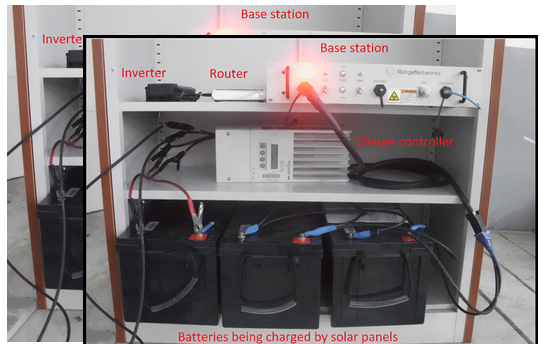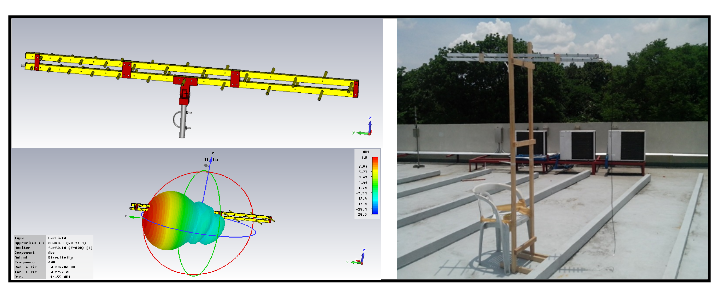A year ago, the Philippines experienced super typhoon Yolanda – dubbed as the strongest tropical cyclone to hit land in history. Yolanda barreled the Visayas region, notably Leyte and Samar, and caused tremendous loss of life and destruction of property. In its wake, it left the affected areas with no basic infrastructure, power and communication channels.
The disruption of vital communication infrastructure in the affected areas hampered the delivery of aid and relief. In the first hours after the storm, rescue and recovery efforts were slow because coordination between the national government, NGOs and the affected LGUs cannot be done immediately. Assembly of command headquarters and support teams were very difficult because of the chaos and the absence of communication. Delayed assistance to the survivors resulted in hunger, health complications, and epidemics that led to more loss of life.
In response to such communication challenges, the Department of Science and Technology (DOST) introduces ROGER or the Robust and Rapidly Deployable GSM Based Stations and Backhaul for Emergency Response. ROGER is an intervention that addresses the need for an alternative communication channel when conventional communication infrastructures fail during calamities. ROGER is intended to be robust and can be readily deployed in times of emergencies and disasters.
The heart of the ROGER system is a software defined radio that runs on open source software and an IP-based network. It mimics the functionality of a traditional cellular/GSM base station. Using the ROGER network, users can use their mobile phones to place calls to one another or to an emergency hotline. If interconnection to the commercial phone and cellular networks is in place, users may call their relatives who are outside the ROGER network.

Developed software-defined radio platform using Zedboard and FMCOMMS-3 RF front-end: testing of functionality of separate boards.
Typically, emergency communication equipment needs to be transported from Manila and this contributes to the delay of network restoration. ROGER is intended to be stored in "standby mode" in vulnerable areas in the Philippines, packaged in such a way that it will endure most disasters. After a disaster, ROGER can be "unpacked" on site to quickly restore basic communication services. In essence, ROGER is an emergency communication facility to address the needs of the affected local communities in the shortest possible time.
The ROGER project is initiated by Dr. Joel Joseph S. Marciano of the Electrical and Electronics Engineering Institute, College of Engineering of the University of the Philippines-Diliman. It is being funded by DOST and closely monitored by the Philippine Council for Industry, Energy and Emerging Technology Research and Development (PCIEERD-DOST).

Point-to-point link LPDA antenna working at UHF TV band: simulated design (upper left) with the radiation pattern results (lower left). A prototype was tested in an open area site (right).

Integration of the GSM base station with the power system including the batteries, charge controller and inverter placed on a rack for testing in a laboratory environment.




